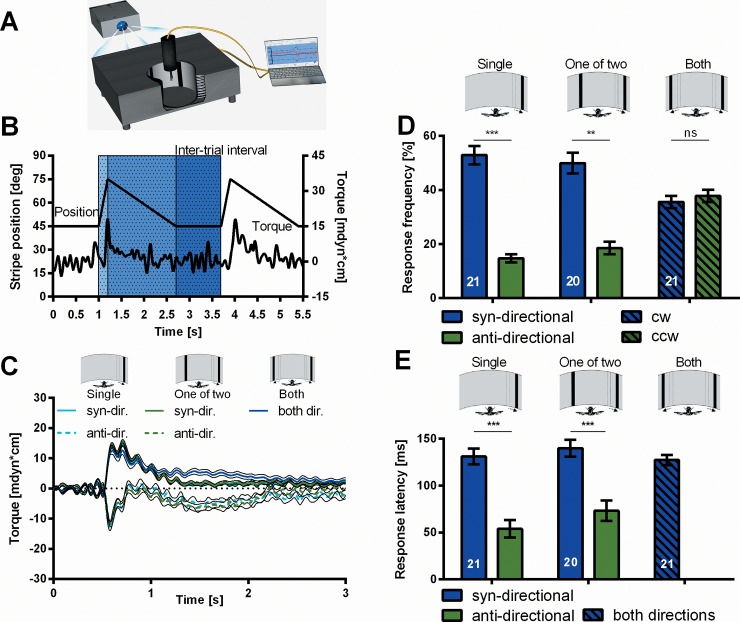Fig 1. Yaw torque responses to front-to back displacements of one or two stripes.
(A) Experimental setup. A single fly is attached to a torque meter and centered in a fiber-optics arena. The visual stimuli are generated in a commercial computer and projected via a commercial projector onto one end of the fiber optics, which then transfers the image onto the inner 360°-surface of the arena. (B) Sequence of stimuli and prototypical torque responses. A single black stripe is displaced front-to-back on white background (Δψ = 30° at 150°/s) and then slowly reset at 20°/s to its initial position. It remains at this position for the duration of the inter-trial interval (ITI) until another displacement starts. In most of the cases the fly responds to the displacement with a phasic modulation of torque with the same polarity as the motion of the stripe (jagged line: torque; smooth line: stripe position). (C) Average CantonS torque traces of the responses to a displacement under three different experimental conditions. Responses to the dispacement of a single stripe (‘Single’, N = 21) can be syn-directional or anti-directional. With a stationary stripe presented in the arena in addition (‘One of two’, N = 20) responses are very similar. If both stripes get displaced (‘Both’, N = 21), the average torque trace is comparable to that of the syn-directional responses to the single-bar displacements. (D) Response frequencies. (E) Response latencies. Error bars are SEMs (*P < 0.05, **P < 0.01, ***P < 0.001).

